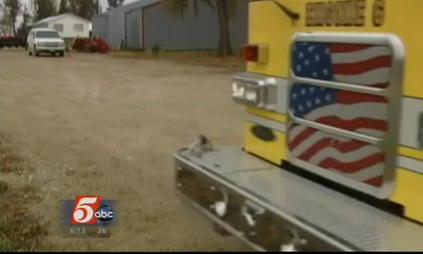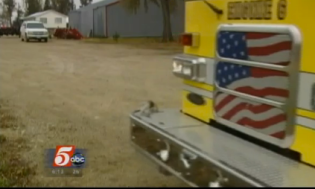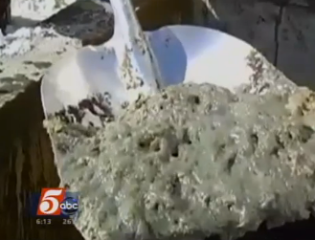It is said that nature abhors a vacuum. Well, according to this report from the Minnesota Daily, nature also abhors factory farms. Large midwestern hog farms have for the last few years been battling a mysterious foam that is forming on top of their barns. In the worst case scenarios, the foam blocks ventilation ducts and the barns explode — yes, explode — killing the thousands of hogs inside. The report reads:
The foam traps gases like methane and when a spark ignites it causes an explosion. About a half dozen barns in the Midwest have exploded since the foam was discovered in 2009.
In mid-September 2011, a barn in Iowa was added to the growing number of barns taken down by the foam. In the explosion, 1,500 pigs were lost, and one worker was injured.
The cause of the foam is still unknown, although there are indications that the source may be new species of bacteria that have evolved in the barns’ manure pits — in many hog barns the manure is stored underneath the barn before transfer to those notorious manure lagoons.
Another possible cause for reasons that remain unclear may be the routine practice of feeding pigs dried distillers grains, a byproduct of ethanol production. Less innocuous than they sound, dried distillers grains — though made from corn and nominally edible — are nothing more than industrial waste. They are also laced with antibiotics.
Do we need any better sign that these massive livestock operations are a bad idea? Big Pork made Mother Nature angry. And now — like something out of a science fiction novel — it looks like bacteria have evolved to destroy factory farms.
The pork industry has been funding research into the foam and how to stop it. But as I see it the answer is simple. Get the pigs out of the barns and onto pasture, and raise them at a less intensified scale without the need for huge manure-storage “facilities.”
And if you don’t, Big Pork, those multi-million-dollar hog barns might just blow up.






